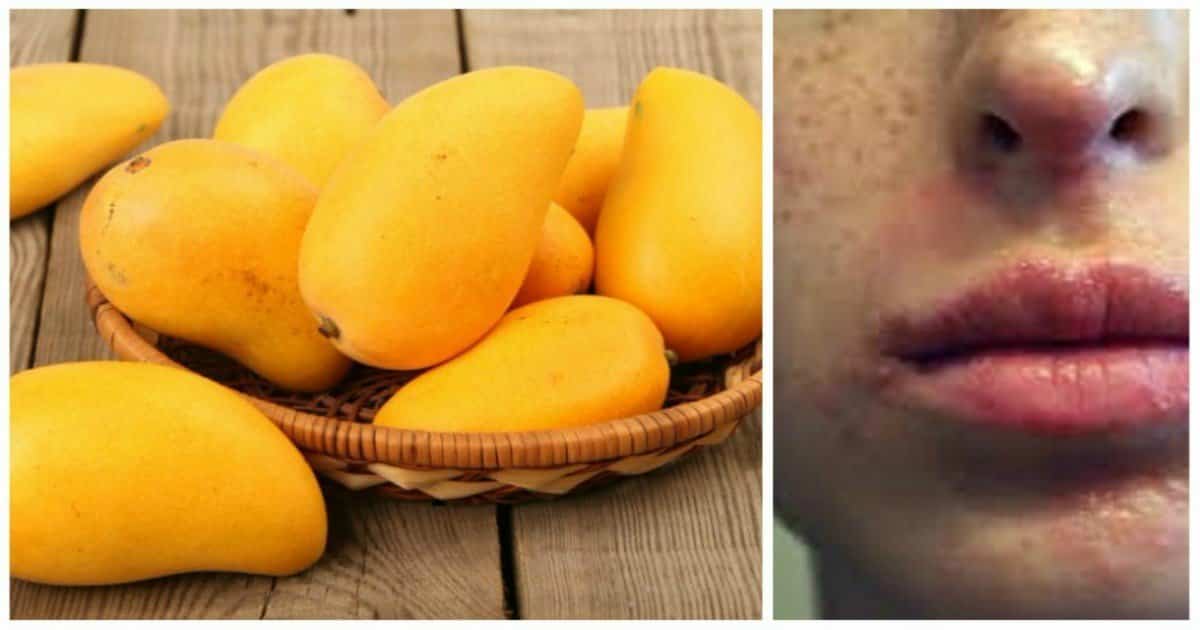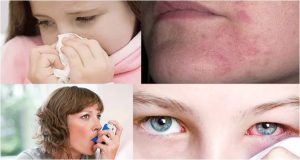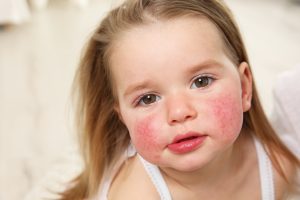- 22 January 2024
- 371
Mysteries of Mango Allergy: Causes, Symptoms, and Treatment

Introduction
Mangoes, often celebrated for their sweet and juicy taste, bring delight to many. However, for a select few, mangoes can pose a significant threat due to mango allergies. In this comprehensive guide, we aim to shed light on the intricacies of mango allergies, understanding the causes, symptoms, and available treatment options.

Understanding Immediate-Type Allergy
Immediate-type allergy to mangoes is characterized by the rapid onset of symptoms within an hour of exposure. This form of allergy is often more likely to occur with the ingestion of mango pulp, triggering symptoms such as swelling, hives, flushed skin, and even wheezing. In severe cases, immediate-type allergy can lead to anaphylaxis, a life-threatening condition requiring immediate medical attention.
Signs of Immediate-Type Allergy:
- Swelling
- Hives
- Flushed Skin
- Wheezing
Anaphylactic reactions, though extremely rare, may include additional symptoms like diarrhea, facial edema, and severe stomach pain. Awareness of these symptoms is crucial for timely intervention.

Decoding Delayed-Type Allergy: Unveiling the Itchy Rash
In contrast, delayed-type allergy to mangoes manifests itself through symptoms that may appear hours or even days after exposure. This type of reaction is more commonly associated with contact with mango peel rather than ingestion of the fruit’s flesh. Symptoms include flushed or dry skin, blisters, and irritation. A notable case involves a 12-year-old developing a rash, blisters, and flaky skin after consuming mango slices.
Symptoms of Delayed-Type Allergy:
- Flushed or Dry Skin
- Blisters
- Irritation
Understanding the nuances between immediate and delayed-type allergies is crucial for accurate diagnosis and effective management.
Mango Allergy in Babies: A Cautionary Note
While specific research on mango allergy in babies is limited, it is essential to recognize that food allergies may be more common in infants. Children, with their more sensitive skin, might experience dermatitis after touching an allergen. If a rash is noticed around a child’s mouth hours to days after mango consumption, seeking evaluation by a pediatrician or allergist is recommended. Fortunately, delayed-type allergies with rash typically do not progress to anaphylaxis, ensuring a less immediate threat.

Immediate-Type vs. Delayed-Type in Children:
- Evaluation by a Pediatrician
- Non-life-threatening reactions
Causes: Unmasking Mango Allergy Triggers
Understanding the causes of mango allergies is paramount in managing and preventing reactions. Allergic responses may result from contact with a mango plant or ingestion of the fruit. Cross-reactivity, wherein the body cannot distinguish between similar allergens in different plants, is also a factor.
Cross-Reactivity with:
- Poison Oak, Ivy, Sumac
- Cashews, Peaches, Apples
Identifying cross-reactivity with other plants and foods belonging to the Anacardiaceae plant family, to which mangoes belong, is crucial for comprehensive allergy management.
Diagnosis: Decoding Allergy Tests
Diagnosing mango allergies involves a thorough clinical history, physical examination, and specific allergy tests. Skin prick tests, blood tests (such as the ImmunoCAP test), and patch tests are employed to confirm sensitization and allergic reactions.
Allergy Testing Methods:
- Skin Prick Test
- Blood Tests (ImmunoCAP)
- Patch Test for Delayed-Type Allergy
A convincing clinical history, coupled with positive results from these tests, confirms the diagnosis of mango allergy.

Treatment Options
For those diagnosed with mango allergies, understanding the available treatment options is crucial. The approach varies depending on whether the allergy is immediate-type or delayed-type.
Treatment Strategies:
- Antihistamines
- Epinephrine Auto-Injector (for anaphylaxis)
- Steroids and Topical Creams
Tailoring treatment to the type and severity of symptoms ensures effective management of mango allergies.
Conclusion
In conclusion, while mango allergies are considered rare, they can manifest with varying symptoms. Timely diagnosis, guided by a thorough clinical history and appropriate allergy testing, is crucial for managing this unique allergic condition effectively. Awareness of the potential severity of reactions, coupled with access to suitable treatment options, empowers individuals to navigate the uncommon but significant challenges posed by mango allergies.

